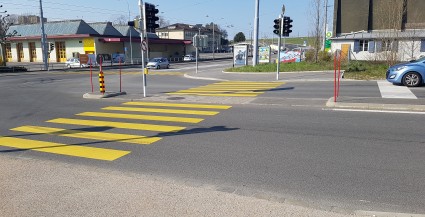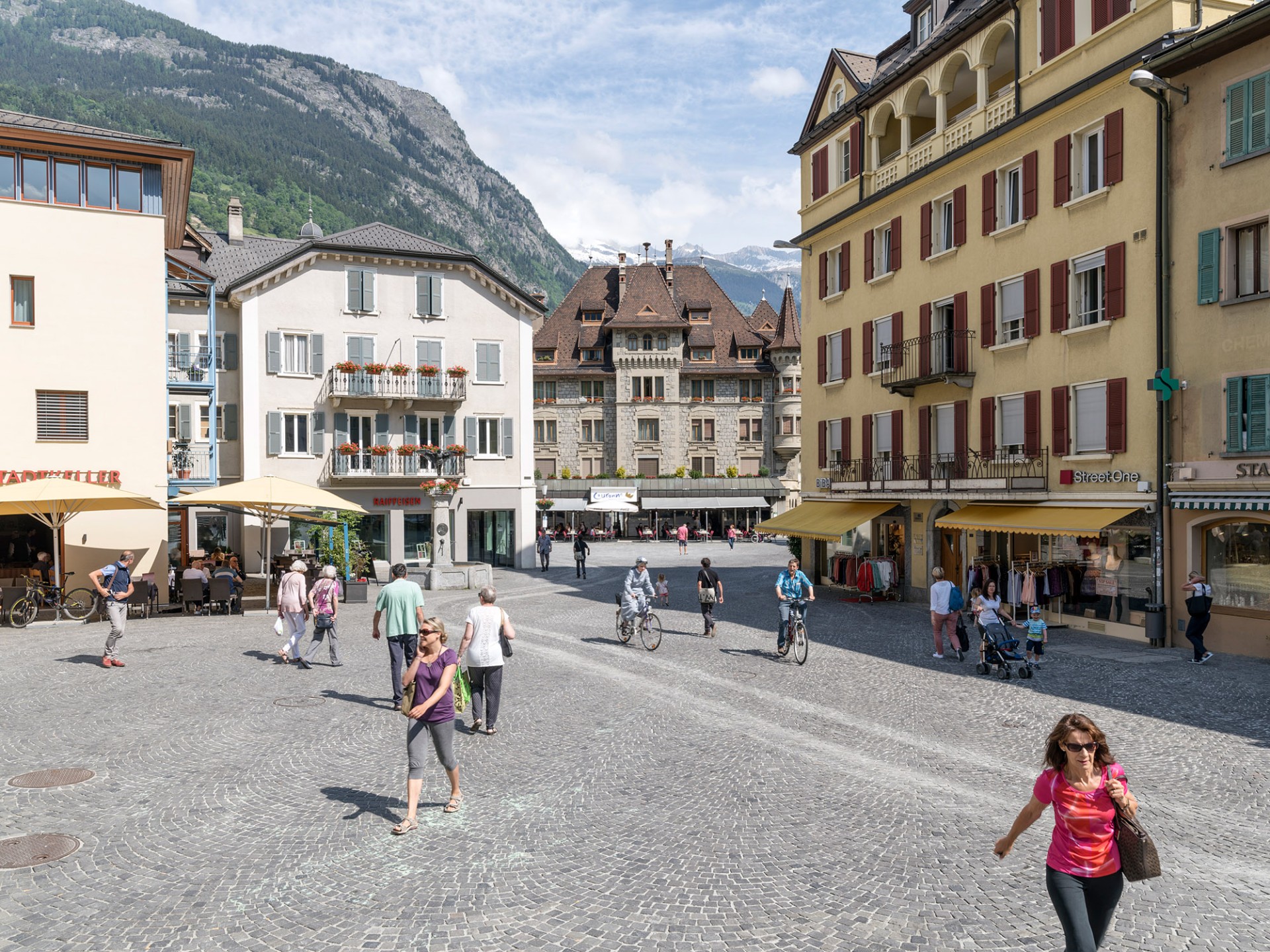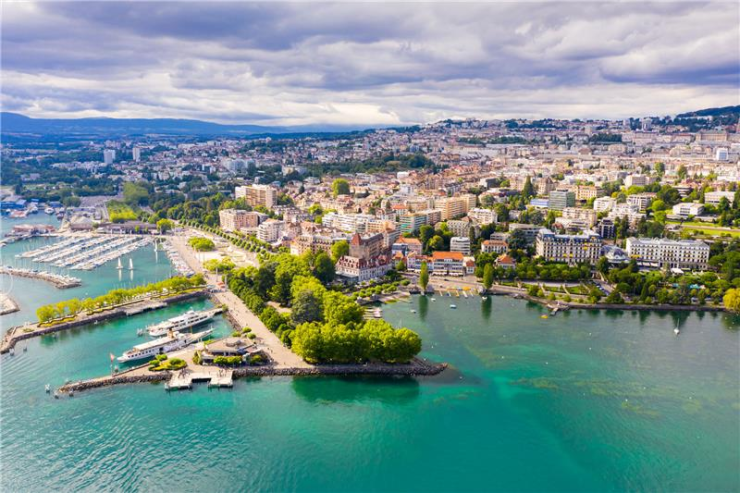
Lausanne – Nouvelle ligne du métro m3 – Etude des flux piétons

The public spaces of our cities face numerous challenges: climate change, the need to make urban areas more attractive, and ensuring safety for all users. As a universal mode of travel, walking holds a central role in organizing public spaces and urban mobility networks.
At Transitec, we place pedestrians at the heart of our projects to design cities that are more accessible, liveable, and sustainable.
Our approach to this topic must be technical and quantitative (using flow modeling software) as well as sensitive (focused on the value of user experience).

Avenue Auguste-Tissot 4
1006 Lausanne
Switzerland
+41 21 652 55 55